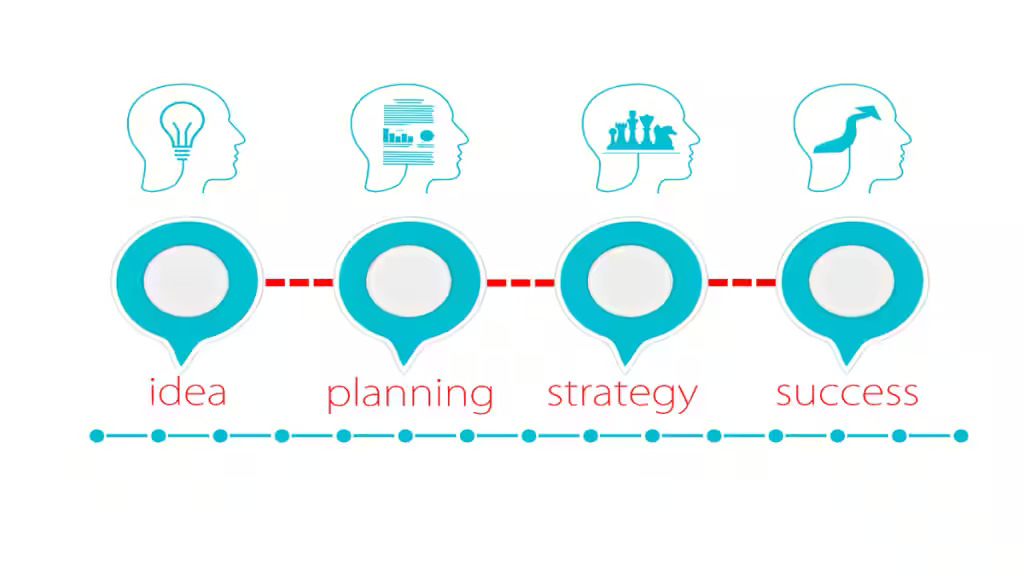Transition of power and responsibilities from the existing business leader and top management to the next generation of leadership is perhaps the most cathartic experience in this journey of professionalisation. There is constant stress as the next generation’s leaders are full of new ideas and are eager to take control, and the outgoing leaders are resistant to relinquish control. Often, the outgoing leaders do not trust the next generation leaders to take on the responsibilities of the business. The next generation leaders either do not feel empowered to lead the business or become overconfident and do not consult seniors even where required. There was an instance when the sales head of a family business was not developing his team. He had less qualified people working under him, none amongst whom could be his successor. Despite being very capable and playing a key role in the growth of the business he became one of the barriers to take it to the next level.
Need for Leadership Transition Plan
Leadership transition plan is essentially a clear process with guidelines for transfer of responsibilities from outgoing to incoming leaders. There are three parts of this process – identifying and selecting successors, coaching them and giving them opportunities to start leading.
This plan needs to be co-created by the existing top leadership team with shareholders and board members. Many times, in absence of genuine buy-in of all stakeholders, the acceptance and performance of the incoming leader gets impacted.
In the selection process for these critical positions, specific attributes such as the required functional abilities, preferred age, qualifications and experience etc must be clearly laid down. This helps manage expectations and avoid misunderstandings.
In one family business, the father was in the process of retiring and the son was the business head. The son, being a strategic thinker, didn’t want to get involved in the operations and thought that hiring a professional CEO may be the way forward for him to scale up the business. He brainstormed over some key questions such as – are he and his father ready for a professional CEO?, do they both agree with the necessary conditions for a CEO to be successful?, were they ready to adapt and create an environment where a professional CEO is likely to thrive and succeed? He then discussed these questions with his father. Gradually over a period of one year, they got aligned on the above questions and decided to hire a CEO.
Once the leaders are selected, engaging them in this business transition planning will foster better alignment and collaboration for shared vision for the future. Some successful family business leaders engage with a professional coach for creating a safe space for the incoming leaders and mentoring them over a period of 3-5 years.
Planning leadership transition is the first step, its implementation constitutes the rest of the steps. Even clearly agreed transition plans at times falter in implementation. In one of the family businesses, the father decided to pass on the ownership and management to his only son and in line with the same, was grooming the son to be the next leader since three years. The father was people centric, and had all home grown leaders in senior management. The son was more system and process driven, wanted to bring in fresh talent and enforce higher standards of accountability in the senior management. The difference in styles of two was being felt at the senior management level, creating confusion and affecting the performance of the company. In a coach-facilitated conversation between the two, the son said that he was feeling suffocated. Despite being advised to keep restraint and think deeply over the issue by the coach, the father, apparently hurt, decided to declare the son as MD.
After making the announcement, the senior leaders quickly shifted their attention to the son. Although the father had interest in CSR and was doing significant work there, he experienced a vacuum and felt hurt and stressed. The son became too excited, more vocal and a bit aggressive, which worried the father. The coach created a safe environment wherein the father could express his feelings and gently made the son realise the discomfort of his father. The son was surprised to know the extent of discomfort of the father. He knew that he needed his father’s support in running the business at least for the next five years. He connected with his father’s feelings and the two worked out a larger responsibility for the father as Chairman of the company. The father also decided to leverage his strengths for the company such as looking after strategic and compliance matters. The son agreed for a daily meeting with father to update him about the business developments and requested the father to be present in the monthly review meetings. The father also planned how he would spend his time pursuing his interests better with the coach.
It is important here to realise that the outgoing leaders do not really retire although it may seem so by virtue of transfer of management control. Rather, they step into the crucial role of being stewards of the family business legacy. This is a new challenging role and the best of leaders seek help and prepare well for this role.
Creation and implementation of a leadership transition plan is not easy. At a deeper level, both the outgoing leaders and incoming leaders need to be deeply convinced so that they can rely on each other to grow the business. Optimal leadership transition plans comprise of practices to build trust, competence, and credibility so that transfer of authority and responsibilities happens smoothly.
Key Takeaways:
- There are three parts of leadership transition process – identifying and selecting successors, coaching them and giving them opportunities to start leading
- Transition plan needs to be co-created by the existing top leadership team with shareholders and board members
- Incoming leaders must be engaged in transition planning as it fosters collaboration for business growth
- For effective implementation of the leadership transition plan, practices to build trust, competence, and credibility are required
- Outgoing leaders need to transition to the larger role of stewards of the family business
Simran Senani is the Senior Consultant at BAF Consultants. This is the fourth article in the series ‘Making Family Businesses Succeed’. The next and last feature of this series will summarise the key aspects of professionalisation of a family business.






